Category: Features
-

Latter-day Saints in Micronesia and Guam
At the last general conference, I was impressed by something briefly mentioned by Quentin L. Cook. He talked about a seventh-generation member from Tahiti, with her ancestors joining the Church in 1845 (2 years before the Latter-day Saints in the U.S. migrated to Utah/Deseret or Brigham Young organized the First Presidency).[1] It was a brief…
-
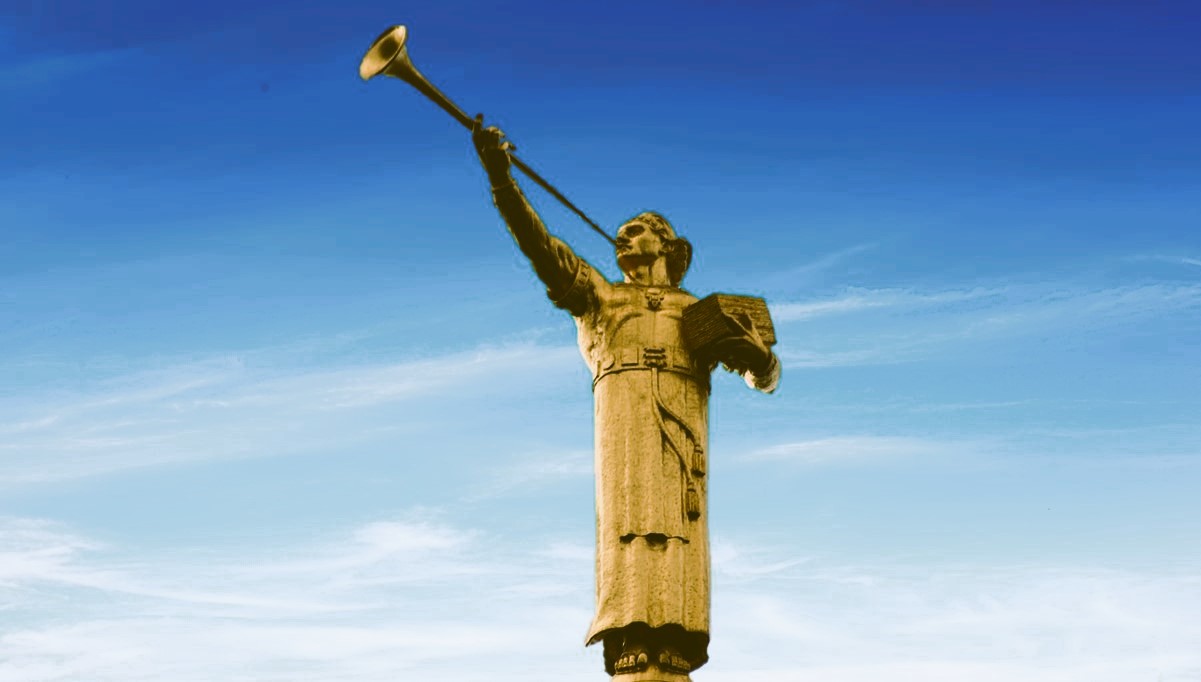
Was it the Angel Moroni?
Today marks the 200th anniversary of the day Joseph Smith said that he saw the golden plates, with last night being the anniversary of the evening that he recalled the Angel Moroni appearing to him. Yet, from time to time, there have been questions raised about whether Joseph Smith consistently said that it was Moroni…
-
The ancient owner of the Book of Abraham papyri
Joseph Smith claimed that the Book of Abraham was a translation of some of the papyri he purchased along with some mummies in Kirtland. It is difficult to ascertain the full nature of those papyri since a lot of them burned. But we can learn some about the history of those papyri from the fragments…
-
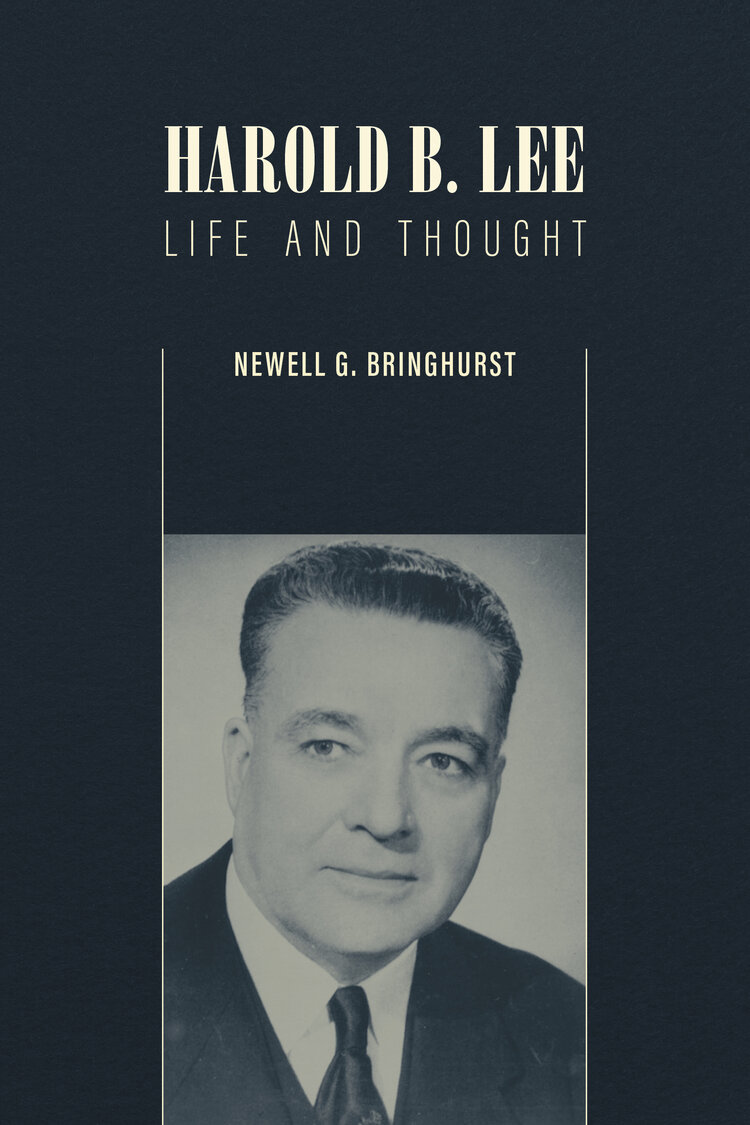
Harold B. Lee: Life and Thought: A Review
Harold B. Lee: Life and Thought by Newell G. Bringhurst (Signature Books, 2021) is a highly affordable and readable biography of one of the most influential figures in the history of The Church of Jesus Christ of Latter-day Saints. Although his tenure as president of the Church was short, Harold B. Lee had already reshaped…
-
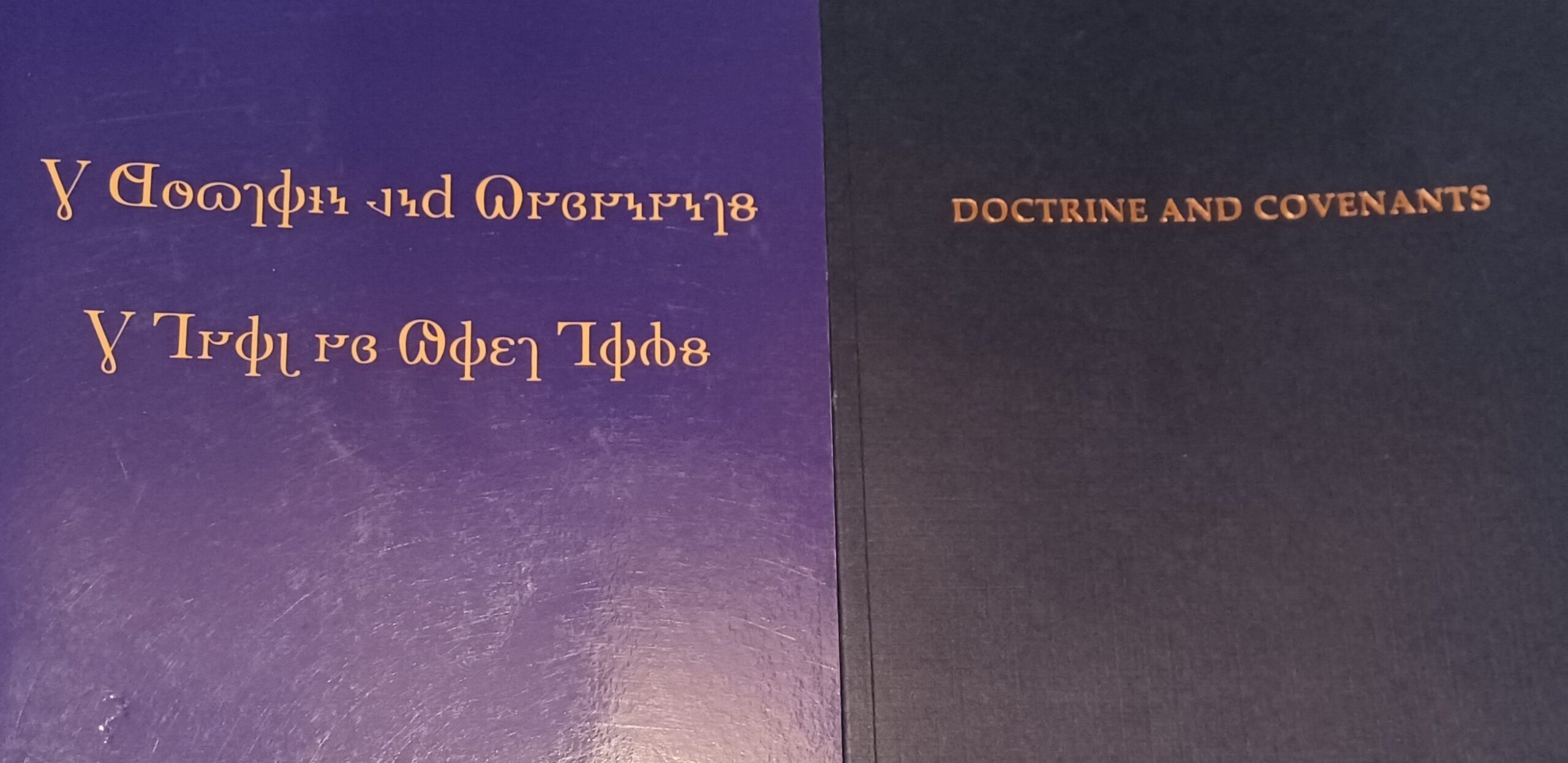
Discussion on Scripture with the Community of Christ
The Community of Christ and The Church of Jesus Christ of Latter-day Saints are sibling churches, both descending from the early Latter Day Saint movement. Since each group went their own way after the death of Joseph Smith in the 1840s, however, they have spent the last 170+ years growing and developing in different ways.…
-

Latter-day Saint Book Review: Saqiyuq, Stories from the Lives of Three Inuit Women
Saqiyuq is an oral history of three generations of Inuit women who lived on Baffin Island near Greenland. Of particular interest to me was the grandmother matriarch’s history, since, born in 1931, she provided a first-hand account of the transition from a hunter-gatherer lifestyle where people starved or not depending on the ebb and flow…
-
The Law of the Gospel
A couple years ago, The Church of Jesus Christ of Latter-day Saints included a list of the covenants made during the endowment session in their general handbook. It was a surprise, to be sure, but a welcome one. Yet, I missed a part of the significance of the text presented until reading a recent interview…
-
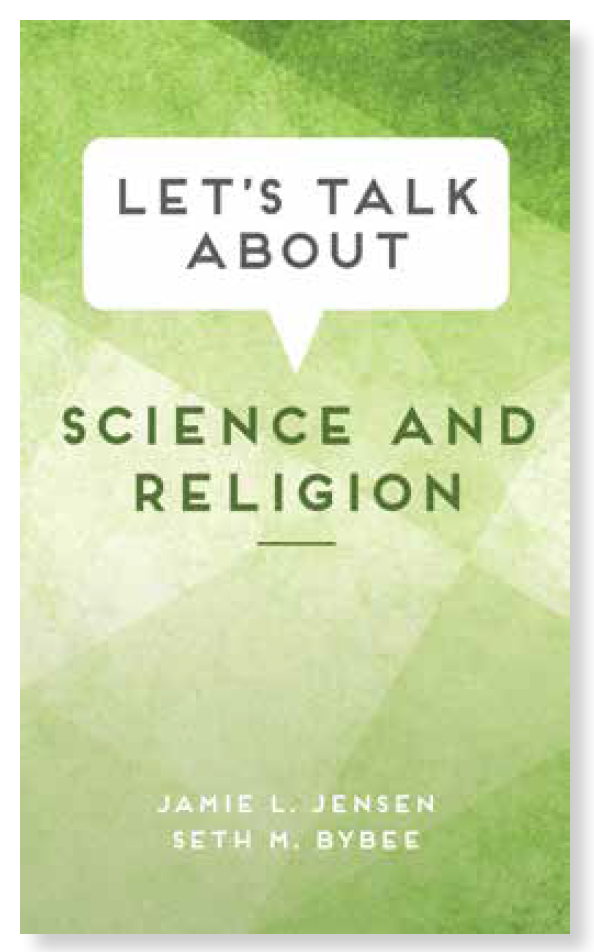
Let’s Talk about Science and Religion – A Review
Back when I was studying biological engineering in college, I remember one Sunday where a stake high councilor came and spoke in our ward. He based his remarks on Elder Quentin L. Cook’s talk “Lamentations of Jeremiah: Beware of Bondage”. When he discussed how “Turning from the worship of the true and living God and…
-
Jesus’s Female Ancestors
Jesus the Messiah was the son of a righteous and godly woman named Mary, through whom he had many ancestors discussed in the Hebrew Bible. Among those were several remarkable women. In a recent interview at the Latter-day Saint history blog, Camille Fronk Olson discussed some of the women in the genealogy of Jesus. What…
-
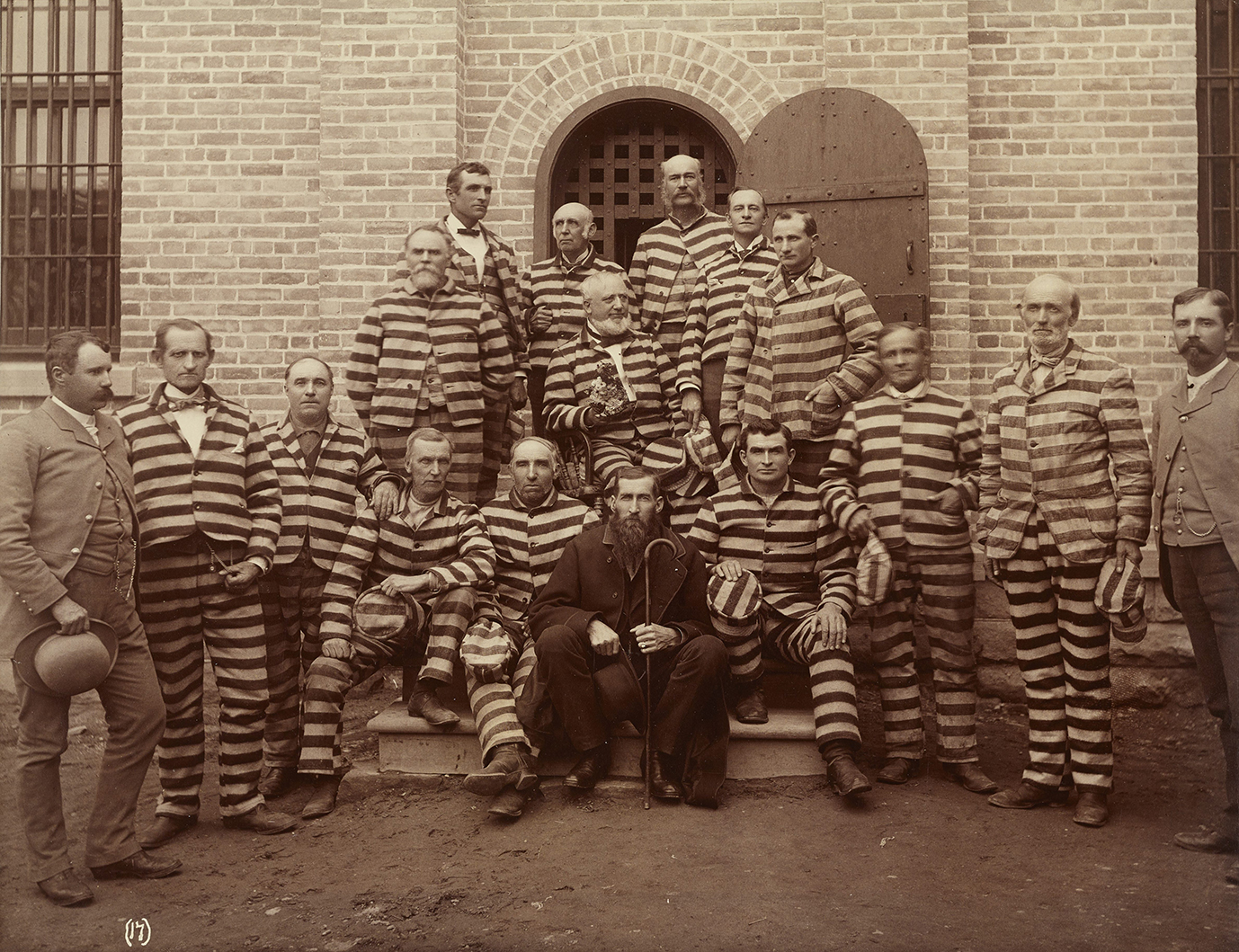
George Q. Cannon: Politician, Publisher, Apostle of Polygamy: A Review
George Q. Cannon: Politician, Publisher, Apostle of Polygamy by Kenneth L. Cannon II is an entry in the Signature Books brief biographies series focused on one of the most influential and best-known Latter-day Saints in the 19th century. As a missionary, publisher, representative for Utah Territory to the United States Congress, businessman, apostle, and long-term…
-
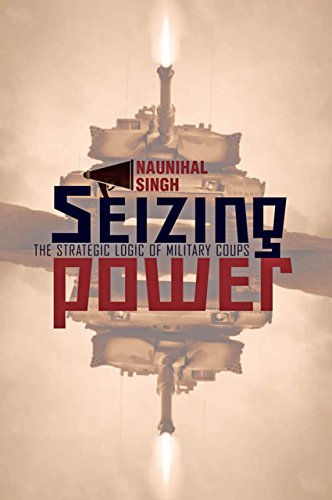
Latter-day Saint Book Review: Seizing Power, The Strategic Logic of Military Coups
Seizing Power by political scientist Naunihal Singh is the preeminent scholarly work on coups d’etat. In it, Singh pairs in-depth investigations of coup attempts in Africa and Russia with a quantitative analysis of correlates of successful coups worldwide. He finds that coups can largely be characterized as coordination games, where military commanders often join…
-
Remember the “F.” And seniority.
I know I’ve talked a bit about Joseph F. Smith (JFS) lately, but the Latter-day Saint history blog From the Desk recently shared another interview about him. This time around, Dennis Horne spoke about Joseph F. Smith’s succession to the presidency of the Church, but it also covers other info about this pivotal president of…
-
Redefining Apostasy: Building Bridges, Not Barriers, in the Face of a Faith Transition
The following is a guest post by Randall Davis. Amidst the tapestry of human experience, religious freedom–the right to worship in accordance with one’s own conscience–is a deeply-valued principle that forms the bedrock of much goodness in our world today. Having associated with people of various faith traditions over the years, I have seen the…
-

Latter-day Saint Book Review: The Top Five Regrets of the Dying
Regrets of the Dying The Top Five Regrets of the Dying was a bestselling book by a palliative care nurse who spent a lot of time with patients as they were passing away. I’m not going to recommend it as a book; the writing isn’t the best and it gets kind of repetitious, but the idea…
-
Carthage and the Nauvoo Expositor
The Joseph Smith Papers recently released a final podcast series, the Road to Carthage podcast, focusing on the final days and immediate aftermath of Joseph Smith’s life. It was an explosive time, filled with tension both within and outside of the Church of Jesus Christ of Latter Day Saints. In a recent interview at the…
-
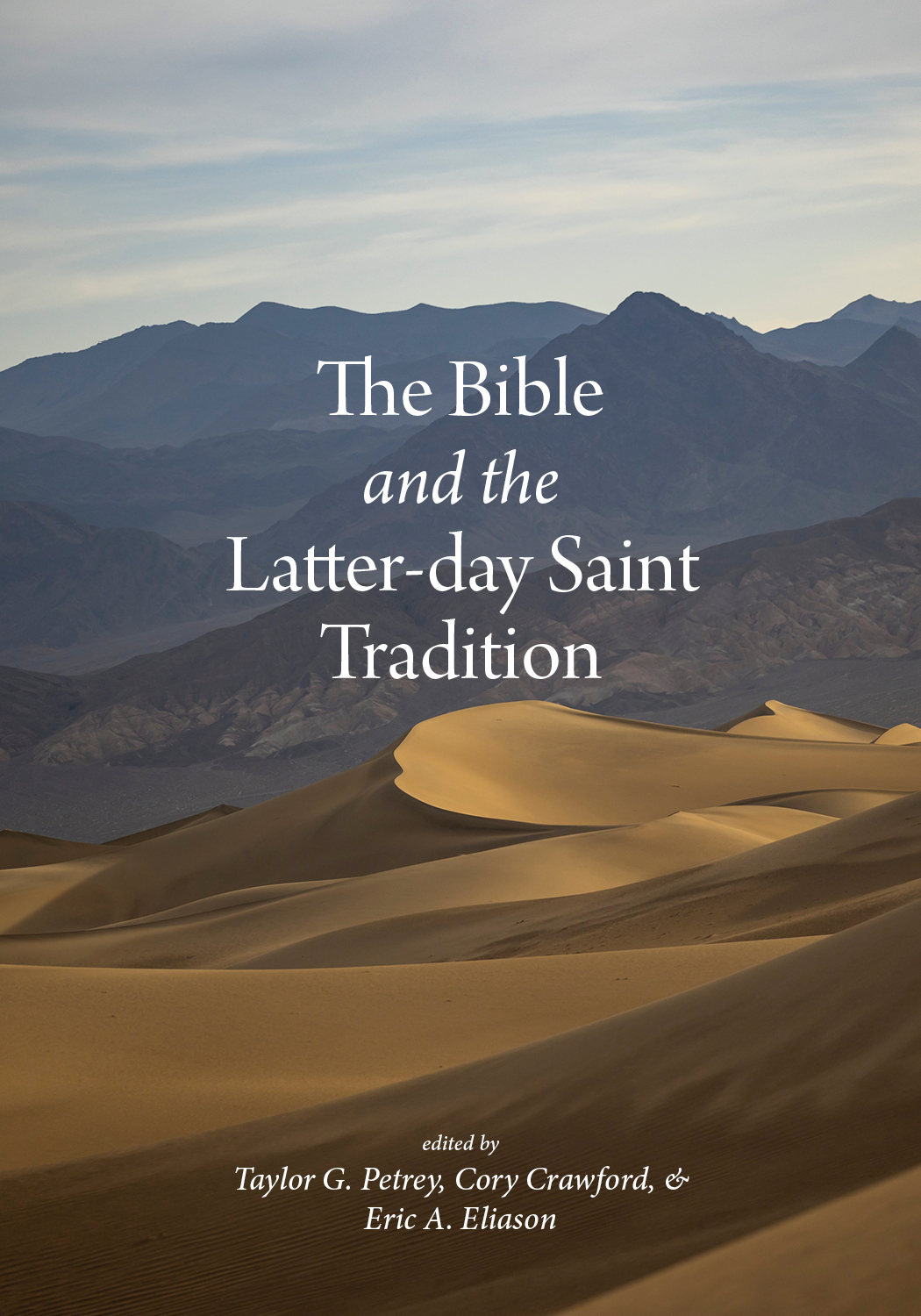
The Bible and the Latter-day Saint Tradition: A Review
The Bible and the Latter-day Saint Tradition, published by University of Utah Press, is an impressive collection of information about Bible studies and how Latter-day Saints interact with the Bible.
-
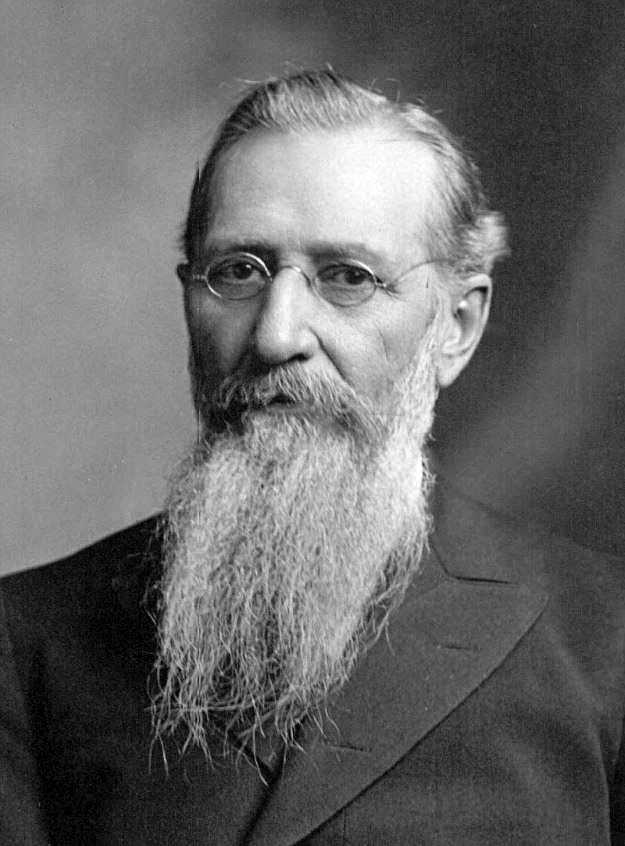
The Fiery Meteor
Joseph F. Smith “(remember the F)” is one of the most important and influential presidents of The Church of Jesus Christ of Latter-day Saints, even though he isn’t frequently discussed in church settings. It was during his administration that the Church really started to take on its current form – rejection of polygamy, modern monetary…
-
Asking Questions About the Book of Mormon
A central question about the Book of Mormon that has been asked over and over again is whether it is an ancient document or a modern one. Despite being asked and answered by so many people, that question is still being argued and fought over and probably will be indefinitely. But what other questions are…
-
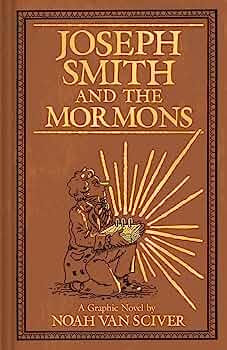
Joseph Smith and the Mormons: A review
Joseph Smith and the Mormons, by Noah Van Sciver, is a fantastic addition to Mormon literature. And while not written as devotional literature, this graphic novelization of Joseph Smith’s life is very well-researched and makes a lot of effort to portray things in a fair and open manner. And the book itself is beautiful in…
-
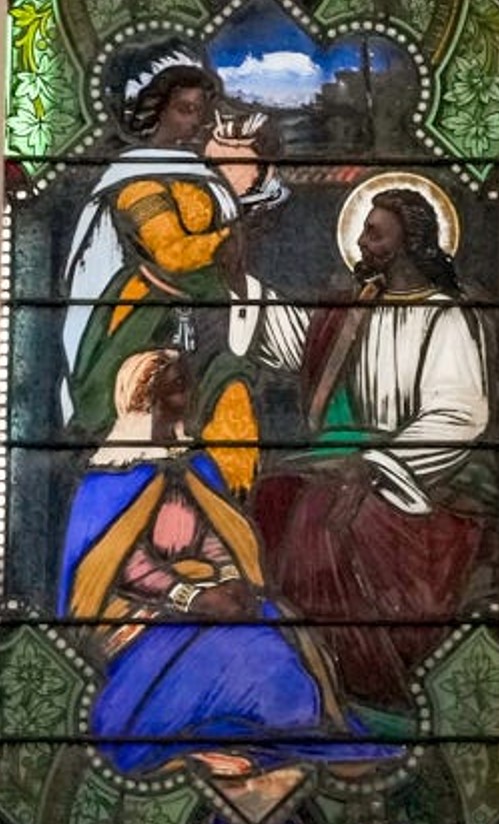
Jesus Christ in Joseph Smith’s Teachings
There is an apocryphal story about John Taylor that was shared by Leonard Arrington: Shortly after the death of the Prophet Joseph Smith in June 1844, a prominent eastern visitor to Nauvoo[, Illinois] was being ‘shown around’ by Apostle Taylor. He remarked to Brother Taylor that he sincerely regretted the murder of the head of…
-
Translation or Revelation?
I posted about Book of Abraham translation a couple weeks ago as part of a co-post on an interview with Stephen O. Smoot. This time, we’re looking at a different interview with Michael Hubbard MacKay, who had a different perspective about Joseph Smith’s translation projects. The interview on Book of Mormon translation is over at the…
-
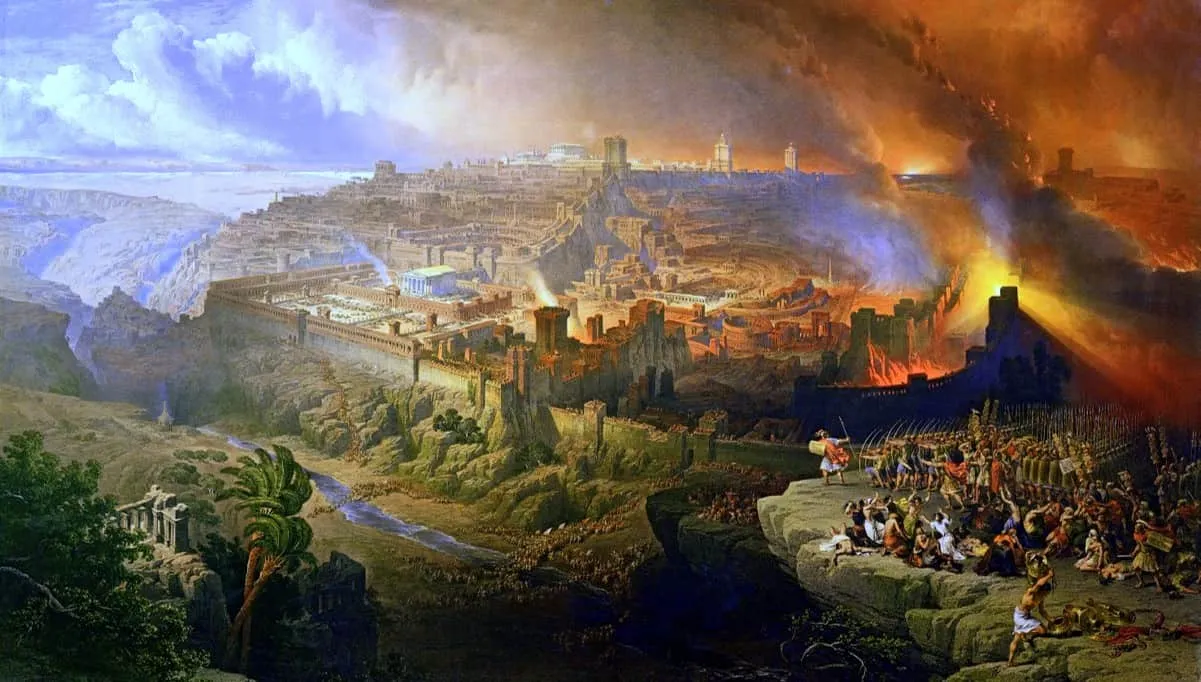
The Jewish Revolt and the Abomination of Desolation
One of the more pivotal events in the development of both Christianity and modern Judaism was the First Jewish Revolt, which started in 66 CE and culminated in the destruction of the Temple in Jerusalem in 70 CE. In a recent interview at the Latter-day Saint history blog From the Desk, Jared W. Ludlow discussed this…
-
Book of Abraham Translation
When Joseph Smith used the word “translate”, it meant something different than what we usually think of as translating. The Book of Abraham is a very intriguing example of the process that, while it still has a lot of unknowns, does provide some insight into the process. In a recent interview at the Latter-day Saint…
-

Temples, Communication, and Covenants
Temple rituals form an important part of Latter-day Saints’ covenant relationship with God. A recently-released book by Jennifer C. Lane entitled Let’s Talk About Temples and Ritual delves into the importance of temple rituals. Lane has shared some of the insights she gained that are captured in that book in an interview with the Latter-day…
-

Wilford Woodruff and Adoption Sealings
Wilford Woodruff was hugely important in the development of temple work as we understand it today. In a recent interview at the Latter-day Saint blog From the Desk, Jennifer Mackley (the executive director and CEO of the Wilford Woodruff Papers Foundation) discussed some of the influence that Presisent Woodruff had on temple work. The interview…
-
An MTC Experience
This excerpt comes from Under the Long White Cloud: A Missionary Memoir of New Zealand by Miles Farnsworth. It tells the story of a two-year Latter-day Saint mission, starting with President Thomas S. Monson’s historic policy announcement lowering the age of service for young men and women. The book is more a travelogue and coming-of-age story than…
-
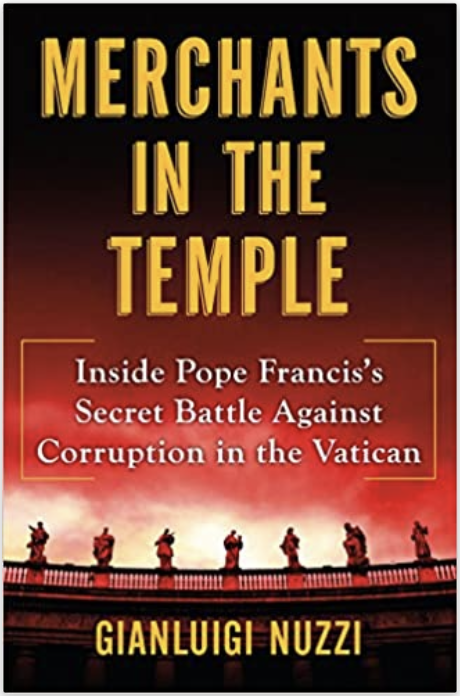
Latter-day Saint Book Review: Merchants in the Temple; Inside Pope Francis’s Secret Battle Against Corruption in the Vatican
The story of the Vatican Bank and Vatican finances in general is a bit of a wild ride, the kind of thing can get you lost down Wikipedia rabbit holes for hours. I suspect the fact that the Vatican is its own state, combined with the fact that it’s managed by a coterie of clergy…
-
Camille Fronk Olson on Women in the New Testament
The Bible is “the bedrock of all Christianity” and women play some very key roles in the stories that it shares. Camille Fronk Olson has worked to highlight these female Bible characters as a member of The Church of Jesus Christ of Latter-day Saints. In a recent interview at the Latter-day Saint history blog From…
-
Vengeance Is Mine
The story goes that J. Golden Kimball was once preaching to a crowd in the South and became concerned when he noticed that only men were present. As he opened his mouth to talk, however, All at once something came over me and I opened my mouth and said, . . . ‘Gentlemen, you have not come…
-
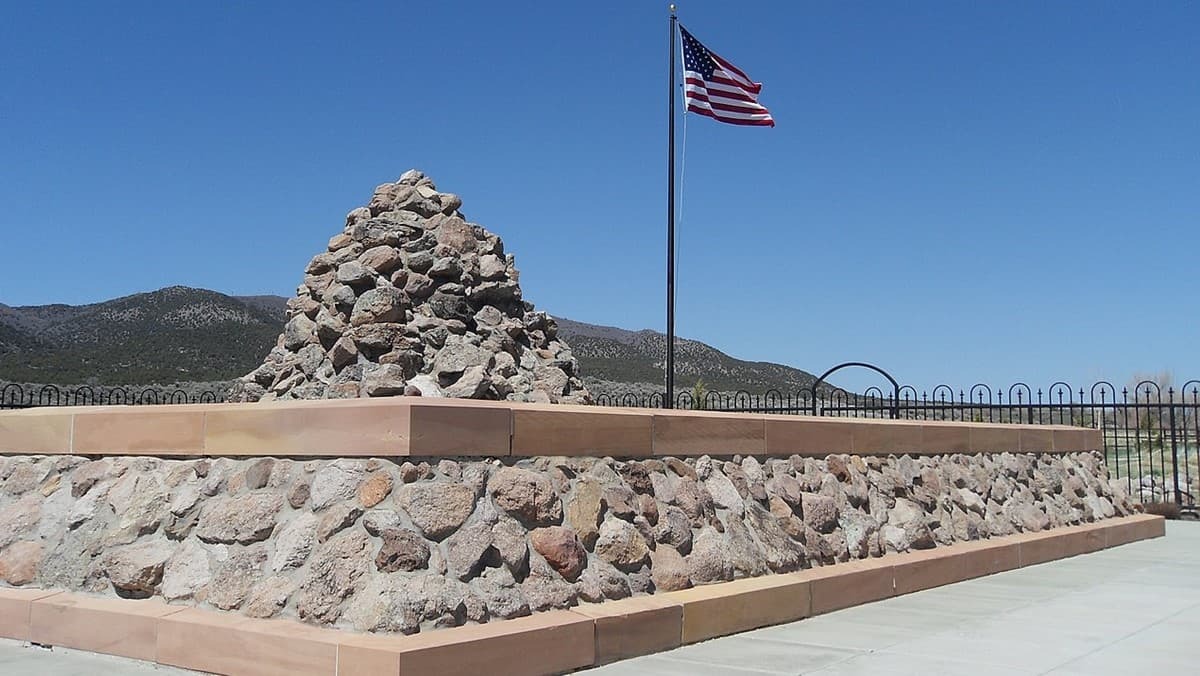
The Mountain Meadows Massacre Aftermath
One of the most significant books in Mormon studies being published this year is Rick Turley and Barbara Jones Brown’s Vengeance Is Mine: The Mountain Meadows Massacre and Its Aftermath. It’s been years coming, but is worth the wait. I’ll probably publish my own review next week, but wanted to highlight that Turley and Brown…
